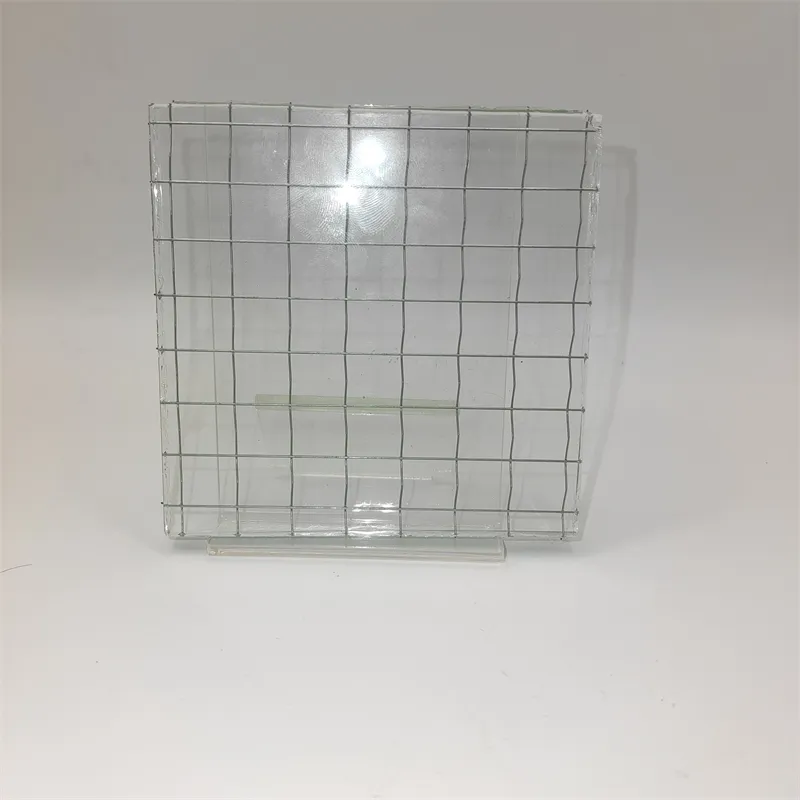Nov . 14, 2024 00:29 Back to list
dark grey reflective glass
The Allure of Dark Grey Reflective Glass A Modern Architectural Marvel
In a world where architectural aesthetics are constantly evolving, dark grey reflective glass has emerged as a favored material in contemporary design. Its unique properties, which combine functionality with striking visual appeal, make it a popular choice among architects and designers. This article explores the numerous facets of dark grey reflective glass, from its design advantages to its applications in modern architecture.
Aesthetic Appeal
The first aspect that often draws people to dark grey reflective glass is its aesthetic allure. The rich, deep color of dark grey exudes sophistication and elegance, making it a versatile choice that can complement various architectural styles. Whether used in commercial buildings, residential homes, or public spaces, this glass creates a sleek and modern appearance that catches the eye. Its reflective quality allows it to adapt to its surroundings, often mirroring the landscape, sky, and adjacent structures. This characteristic not only enhances the building’s visual appeal but also helps to integrate it harmoniously into its environment.
Functionality and Performance
Beyond its beauty, dark grey reflective glass offers exceptional functionality. One of its primary advantages is its capacity to minimize solar heat gain. The reflective surface effectively bounces sunlight away, helping to keep indoor spaces cooler and reducing the reliance on air conditioning systems. This energy efficiency is particularly valuable in regions with high temperatures, where cooling costs can be significant.
Moreover, dark grey reflective glass provides excellent UV protection. By filtering out harmful ultraviolet rays, it helps to protect both interior furnishings and occupants from potential sun damage and fading. This feature enhances comfort and preserves the integrity of interiors, making it a practical choice for residential and commercial applications alike.
Privacy and Security
Another notable aspect of dark grey reflective glass is its ability to maintain privacy without compromising natural light. Its reflective surface creates a one-way mirror effect during daylight hours, allowing those inside to enjoy unobstructed views of the outdoors while keeping prying eyes at bay. This characteristic is particularly appealing for high-rise buildings, offices, and homes situated in densely populated areas.
dark grey reflective glass

Additionally, many types of reflective glass are manufactured with enhanced strength and durability, providing an added layer of security. Laminated or tempered variants can withstand extreme weather conditions, impact, and potential break-ins, making them a reliable choice for both safety and longevity.
Environmental Considerations
As sustainability becomes a pivotal consideration in modern architecture, dark grey reflective glass is increasingly recognized for its eco-friendly attributes. The energy efficiency associated with its use contributes to reduced carbon footprints, aligning with green building standards. By lowering the need for mechanical cooling systems, this glass helps to conserve energy resources and minimizes the overall environmental impact of a building.
Furthermore, many glass manufacturers are adopting sustainable practices, from sourcing raw materials responsibly to implementing recycling programs for old glass. This commitment to sustainability enhances the appeal of dark grey reflective glass as a forward-thinking choice in architecture.
Versatile Applications
The versatility of dark grey reflective glass is evident in its various applications. In commercial real estate, it can be found on skyscrapers, offices, and shopping centers, where it enhances the overall architecture while providing energy efficiency. In residential design, large glass facades or sliding doors made from this material create seamless transitions between indoor and outdoor spaces, inviting natural light while maintaining privacy.
In addition to traditional uses, dark grey reflective glass is also increasingly utilized in artistic and conceptual architectural projects. Its ability to reflect and refract light can transform the perception of space, creating dynamic environments that change throughout the day as the sunlight shifts.
Conclusion
Dark grey reflective glass represents a harmonious blend of aesthetics and functionality in modern architecture. Its sophisticated appearance, energy-efficient properties, and ability to enhance privacy make it a popular choice for a wide range of applications. As the architectural landscape continues to evolve, this material is poised to play a significant role in shaping the future of design, helping to create buildings that are not only beautiful but also sustainable and efficient. Embracing dark grey reflective glass is not just a trend; it is a testament to the ongoing innovation and creativity in the world of architecture.
-
Safety and Style with Premium Laminated Glass Solutions
NewsJun.24,2025
-
Reinvents Security with Premium Wired Glass
NewsJun.24,2025
-
Premium Float Glass Line for Modern Architecture
NewsJun.24,2025
-
Low Emissivity Glass for Energy-Efficient Architecture
NewsJun.24,2025
-
High-Performance Insulated Glass Solutions for Modern Architecture
NewsJun.24,2025
-
Elevates Interior Style with Premium Silver Mirror
NewsJun.24,2025
Related PRODUCTS














